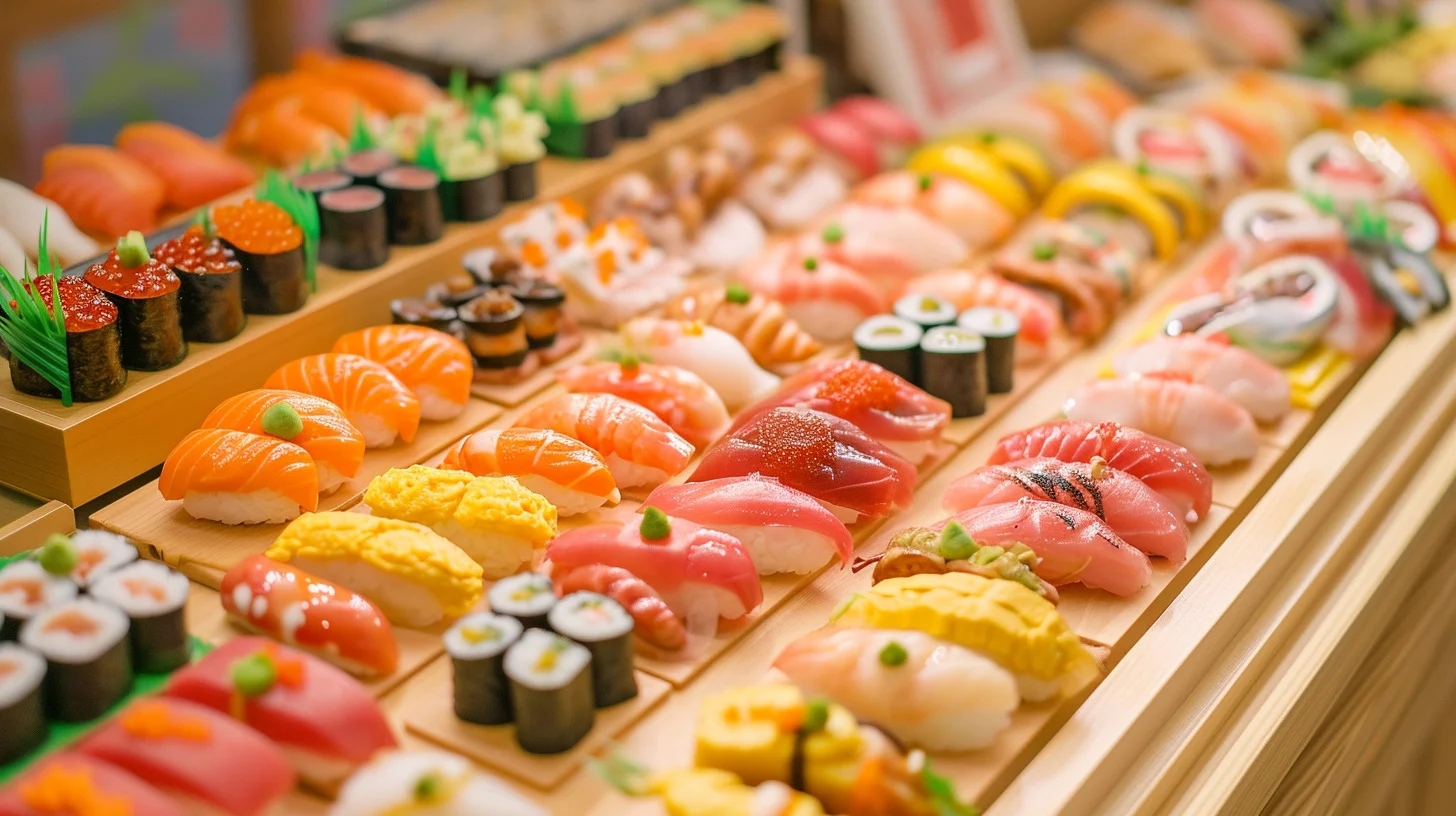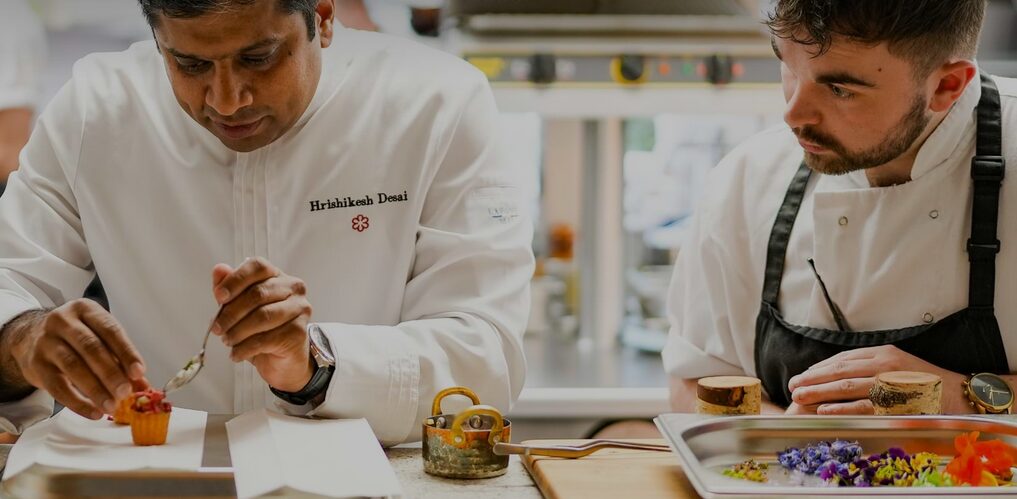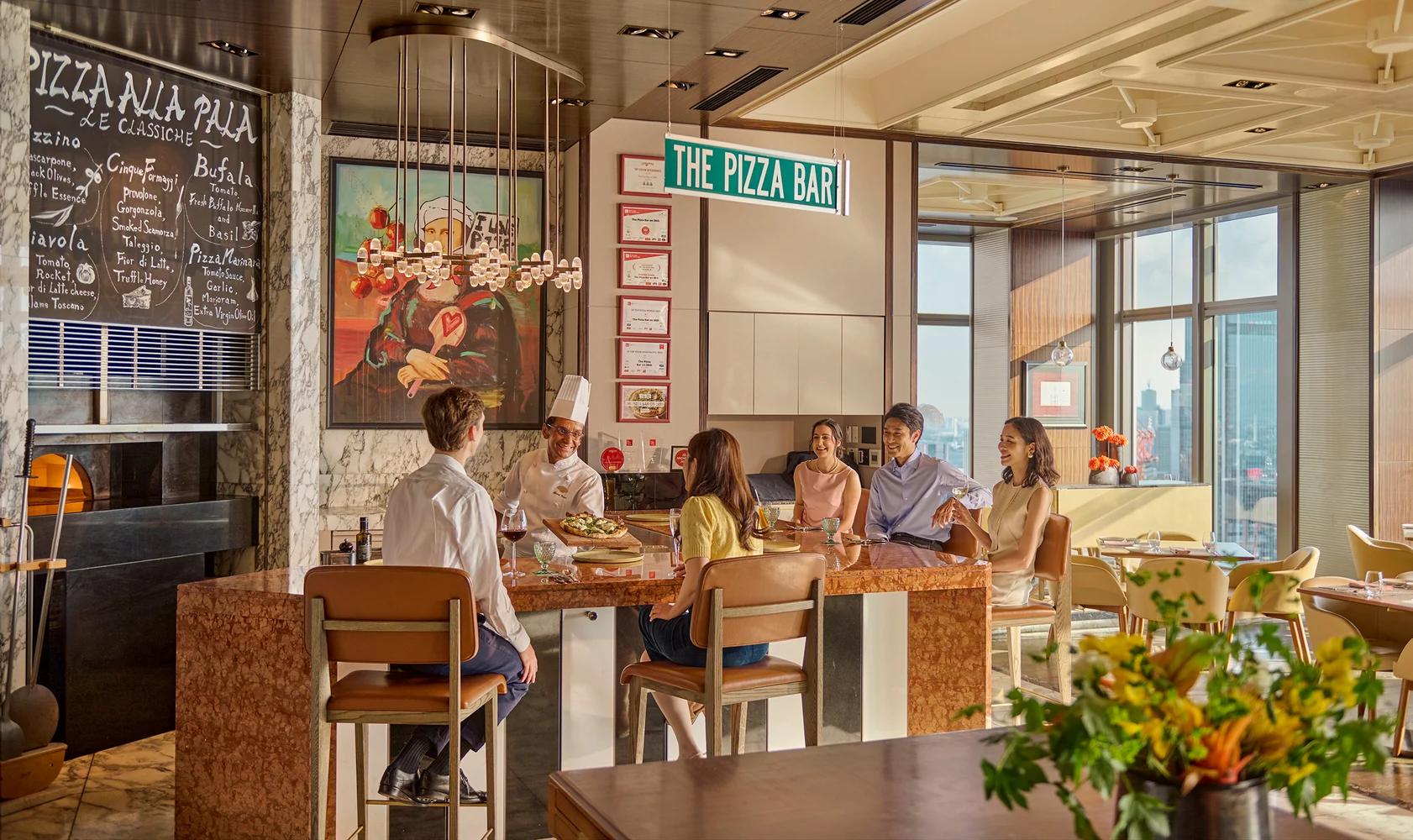Enter the world of sampuru, where Japan has elevated fake food into an art form that puts Instagram filters to shame
The first time I saw it, I nearly walked into a display window trying to get a closer look at what appeared to be the most photogenic ramen bowl I’d ever encountered. Perfect broth, impossibly precise egg cut, noodles suspended in mid-slurp. Only when my nose nearly touched the glass did reality hit me: I was drooling over plastic.
Welcome to the world of sampuru, where Japan has elevated fake food into an art form that puts Instagram filters to shame.
You might think you’ve seen convincing food replicas before. Perhaps a plastic burger at a trade show or a wax apple in a home goods store. Forget all that.
Japanese sampuru exists in a different dimension of realism altogether. Each glistening droplet of moisture on lettuce leaves. The subtle char marks on grilled fish. The exact way a knife cuts through tofu.
These aren’t approximations — they’re painstaking recreations that chefs approve with the scrutiny of art critics.
Art is business
This five-billion yen industry (roughly $45 million) is no quirk of Japanese culture but a serious business with practical roots.
The sampuru tradition dates back to the 1920s, when a Tokyo restaurant owner commissioned wax models to help sell his western-style meals, which were unfamiliar to many Japanese.
What began as a communication tool has evolved into a cultural phenomenon that’s uniquely Japanese in its blend of practicality and perfectionism.
In a country where restaurant variety is overwhelming and menu descriptions might involve unfamiliar ingredients or cooking styles, these displays solve a universal problem: people can see exactly what they want to order.
For visitors like me who can barely manage an arigato (thank you), these displays are a godsend.
Point at the perfectly preserved curry rice in the window, hold up fingers for how many orders, and you’ve just navigated a transaction that might otherwise involve translation apps or desperate hand gestures!
During my exploration of Tokyo’s food scene, I found myself taking as many photos of the fake food as the real meals!
In Kappabashi Street, Tokyo’s ‘Kitchen Town’, entire shops are dedicated to sampuru.
Restaurant owners wander through aisles of plastic sushi, selecting each piece with the concentration of jewellers appraising diamonds. One replica of a premium wagyu steak was priced higher than an actual meal at the restaurant it represented!
The craftsmanship is staggering. At a demonstration, I watched an artisan dip real cabbage leaves in hot wax and then cold water, creating a mould that captured every vein and wrinkle.
Another craftsman painted individual grains of rice, each one a little masterpiece of white with shadows in precisely the right places. When I asked how long it takes to make a complete ramen bowl display, the shop owner just laughed and said, “Longer than it takes to eat ten real ones.”
The industry leader, Iwasaki, controls about 80% of this market. This isn’t a cottage industry of hobbyists; they maintain an R&D department that rivals pharmaceutical companies in its pursuit of perfection.
Their big breakthrough last year? Successfully creating realistic ‘water’ in bowls of udon. This wasn’t just clear plastic, but a substance that captures the exact light refraction properties of actual broth, complete with tiny suspended particles that give authenticity to the illusion.
Small restaurants that can’t afford to purchase these custom creations outright (a full menu display can cost thousands of dollars), often rent them instead. This has the benefit of allowing seasonal menu changes without investing in permanent displays for short-term offerings.
My personal favorite discovery was learning that many restaurants send their actual chefs to work alongside the sampuru artisans. The chef will prepare the dish as it would be served, then the artisans study it from every angle, taking measurements and photographs before re-creation.
Some chefs have been known to reject prototypes till the plastic version matches their plating style.
Display signs
From a practical standpoint for people seeking authentic Japanese experiences, I always recommend ‘window shopping’ for meals. The quality of the sampuru often reflects the quality of the restaurant itself.
Dusty, faded replicas with chipped edges? Probably not the freshest food inside. Meticulously maintained displays with seasonal changes? That’s a good sign of a kitchen that cares.
As I prepared to leave Japan, I found myself in one last sampuru shop, contemplating whether a plastic replica of sushi would make a good souvenir or confuse my guests when placed near actual food.
The shopkeeper, noting my indecision, offered a small plastic beer instead — eternally frothy and cold-looking, forever at that perfect moment before the first sip.
“This one good memory,” he said in limited English. “Always perfect.”
He was right. While my photos of meals in Japan show half-eaten dishes, my sampuru souvenirs remain in suspended animation, capturing dishes at their most visually appealing moment.
I couldn’t help wondering aloud what challenge these master craftsmen might tackle next.
“Perhaps a perfect dal makhani might be a good challenge for Iwasaki-san?”
I suggested, thinking of the buttery lentil dish from my homeland, India, that changes texture as it cools.
He nodded, then replied with seriousness: “Send recipe. Send photo. We make.”
I believe he would. And it would probably look better than any version I’ve eaten.







